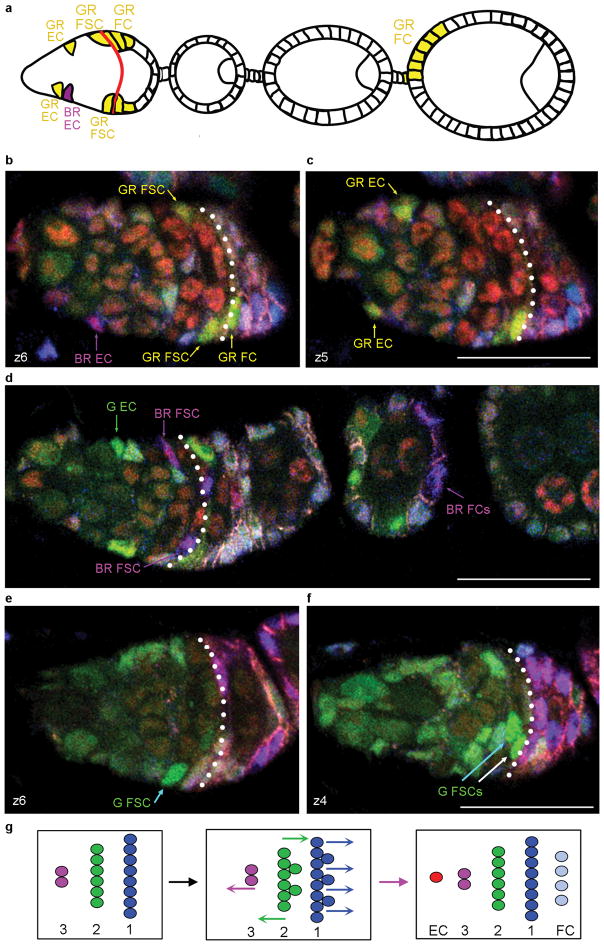Figure 7. Twin-spot clone evidence for a common FSC origin of FCs and ECs.
(a–f) Analysis of multicolour FSC twin-spot clones 72h after induction. Known twin-spot pairings (Supplementary Fig. 7) allow identification of the two sister lineages derived from recombination in an FSC. (a) Illustration of the germarium and egg chambers populated by derivatives of GR and BR daughters of an FSC. (b,c) Two z-sections of the germarium illustrated in (a). The BR EC has no corresponding FSC or FC patch, while the GR lineage includes ECs, FSCs and FCs. The twin-spot parent FSC (and the GR daughter) therefore produced both ECs and FCs. (d) A G EC has no corresponding FSC or FC (the only G cell is indicated by a green arrow; all other cells with a similar colour in this image are GR cells) but the twin-spot BR lineage includes FCs and FSCs (as well as an EC in a different z-section). The twin-spot parent FSC therefore produced both ECs and FCs. (e,f) Two z-sections of the same germarium show one G FSC in layer 1 (white arrow) and two G FSCs in layer 2 (cyan arrows), showing that FSCs can move between layers. In (b,c) the two GR FSCs are both in layer 1 and in (d) there are BR FSCs in both layer 1 and 2. (g) Summary of FSC dynamics through one cycle (left to right), inferred from the rates of FC production, EC production and FSC division, as well as graded rates of FSC proliferation in layers 1–3. On average, 3–4 of 7–8 FSCs in layer 1 (blue) and 1–2 of 5–6 FSCs in layer 2 (green) divide, while at least four layer 1 FSCs become FCs and one layer 2 or 3 FSC becomes an EC. Consequently, in some cycles there must also be net movement of a FSC in layer 2 to replenish layer 1 or 3. Scale bars 20μm.

